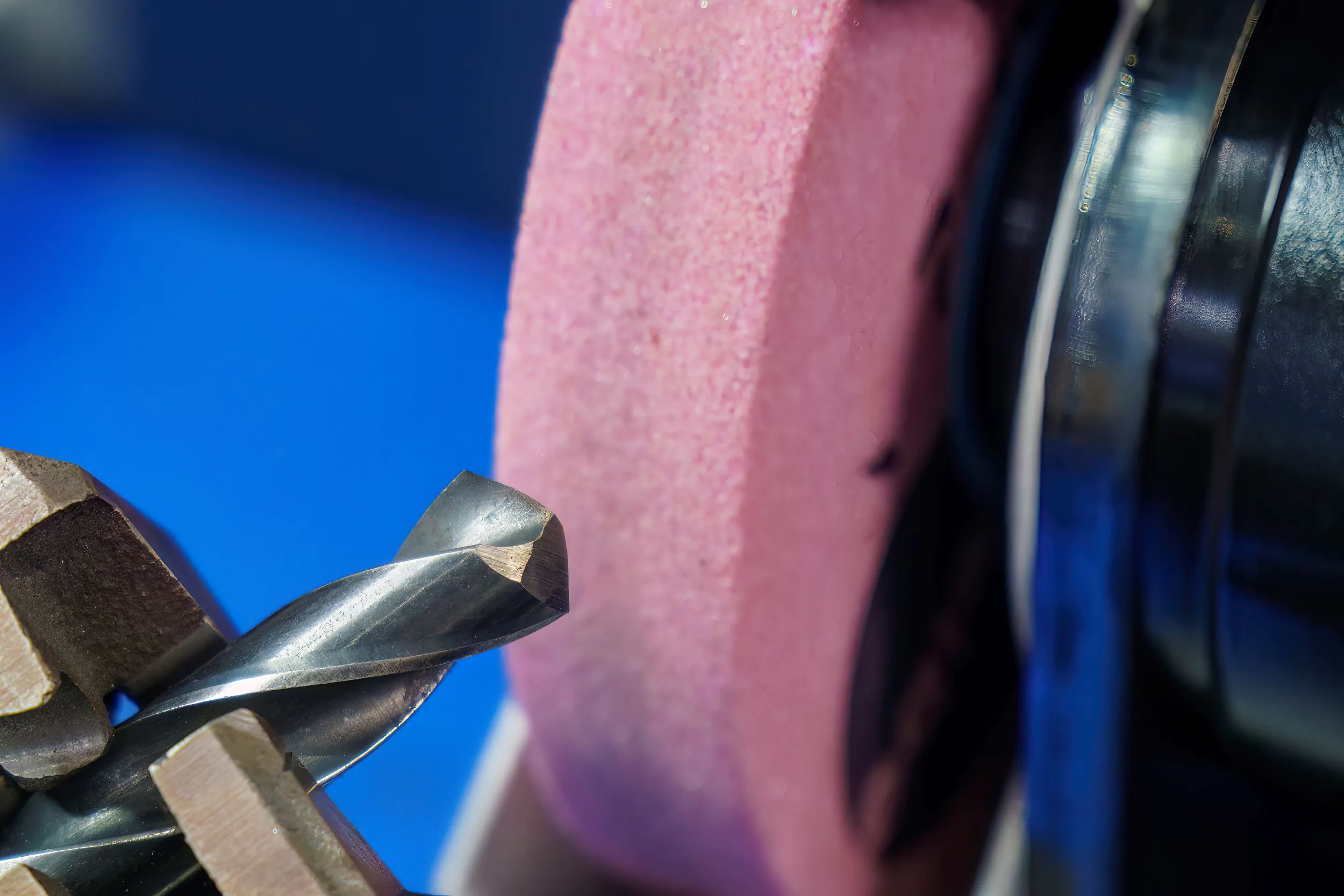Abrasives come in many forms and are used across a wide range of industries for a variety of applications. They can be made from natural or synthetic materials and can take the form of grains, powders, coated or bonded materials, and compounds. They are typically hard, strong, and durable. Applications include grinding, polishing, cutting, drilling, sanding, and shaping other materials to achieve the desired surface quality and form. A few examples of abrasives industry products include grinding wheels, whetstones, sandpaper, and abrasive cloth.
Abrasives are used in the manufacture of everything from metal and concrete to stone, tile, glass, silicon, and more. The construction, automotive, and heavy machinery industries rely on them in the creation of many components and products, as do the electronics, medical, metal fabrication, and woodworking sectors, among others.
Abrasives Industry Overview
The global abrasives industry was valued at more than $40 billion in 2022 and is expected to grow steadily over the next several years at a CAGR of 4.7% to reach $67 billion by 2032. While it, like many other industries, was negatively impacted by the COVID-19 pandemic, it has since recovered to pre-pandemic levels and continues to grow. The recovery and growth of industries such as construction and automotive, which are key customers of abrasive products, will help bolster this growth over the coming years.
As populations grow and nations continue to recover from the impact of COVID-19, infrastructure construction and manufacturing activities are on the rise, leading to an increased demand for abrasives. Use of pre-engineered buildings and components is therefore also on the rise, and this is creating higher demand for the metal fabrication industry as its products are needed in these structures.
In terms of the automotive sector, the increasing adoption of electric vehicles (EVs) is also helping boost abrasive product demand. EVs typically use lightweight materials that require specialized abrasive tools to produce and assemble. Vehicles in general also use high-quality surface finishes that are achieved through the use of abrasive products.
One challenge to the industry, however, is that raw material prices are currently in flux. Manufacturing abrasives requires large quantities of minerals and other materials, but the prices of these materials can change significantly depending on fuel prices (which impact transportation costs) as well as on other factors. Availability can also vary depending on factors such as supply chain disruptions, mining regulations, and geopolitical instability, with scarcity levels also impacting price points as well as the ability to obtain necessary materials at all.
Leading Abrasives Industry Segments
Bonded abrasives were the product type that generated the most revenue in 2022, accounting for close to half the overall market. Products in this category include items such as grinding, snagging, and mounted wheels used for both rough grinding and precision applications. Industries such as automotive, machinery, construction, aerospace, metal fabrication, and more use bonded abrasives heavily, and their growth therefore influences the growth of the category. Bonded abrasives are used for processes such as material removal, cutting, grinding, and polishing, enabling manufacturers to create precise shapes and smooth surfaces.
Synthetic abrasives are more commonly used than those made from natural materials. Many industries rely heavily on synthetic abrasives, particularly as the need for precision components, advanced materials, and high-quality finishes increases.
The automotive sector is the largest customer of the abrasives industry, accounting for over a third of the industry’s revenue in 2022. Automotive manufacturing and maintenance uses abrasives in a variety of ways: for example diamond discs, a type of super abrasives, are commonly used for grinding and polishing automotive components. Abrasive pads and other products are also used to resurface brake rotors that have developed corrosion, an uneven surface, or glazing.
The fastest-growing consumer of abrasive products is the heavy machinery sector, where they are used in metal cutting, mining equipment manufacture, and more. Demand is expected to be particularly high in developing economies with high demand for machinery.
The electronics and electrical equipment sector is also a key customer of the abrasives industry, as it works with a variety of hard materials such as silicon, glass, and quartz. Abrasives are used to cut and grind these materials and other components to produce precise results.
Asia-Pacific is the largest regional segment of the global abrasives industry, driven primarily by growth from countries such as China, India, and Japan. The region accounted for over half of the global market for abrasives in 2022, with growing populations, infrastructure developments, and a busy manufacturing sector all contributing to the high demand. As populations rise and urbanization increases, the need for infrastructure grows as well. And with the region being home to so many factories and other manufacturing businesses, there are numerous uses for abrasive products.
Abrasives and Industry 4.0
An important trend in the abrasives industry is the growing adoption of Industry 4.0 technologies. Industry 4.0 involves interconnection and automation to make manufacturing processes more efficient and safer. Using sensors, the Internet of Things (IoT), AI, analytics, and more, manufacturers are able to reduce waste, minimize downtime, improve quality, and use workers more efficiently.
In the early days of the COVID-19 pandemic when physical distancing, remote work, and worker illnesses were common, Industry 4.0 helped many manufacturers keep production going. Now, with worker shortages in several industries and countries along with rising wages and the continuation of remote work in some sectors, automation continues to be a valuable tool that allows manufacturers to operate with fewer staff and with workers who aren’t present on the floor. This also improves safety and opens up positions to a wider variety of workers by reducing the amount of manual labor done around heavy machinery.
Robotics and other automation tools don’t require the same downtime that humans do and are very good at repetitive tasks. In addition, employees who work with automated systems tend to stay at a job longer than those performing manual operations, improving retention and reducing hiring and training costs. Abrasives manufacturers benefit from Industry 4.0 both in their own factories and in the demand created by the production and use of a variety of automated machinery.



